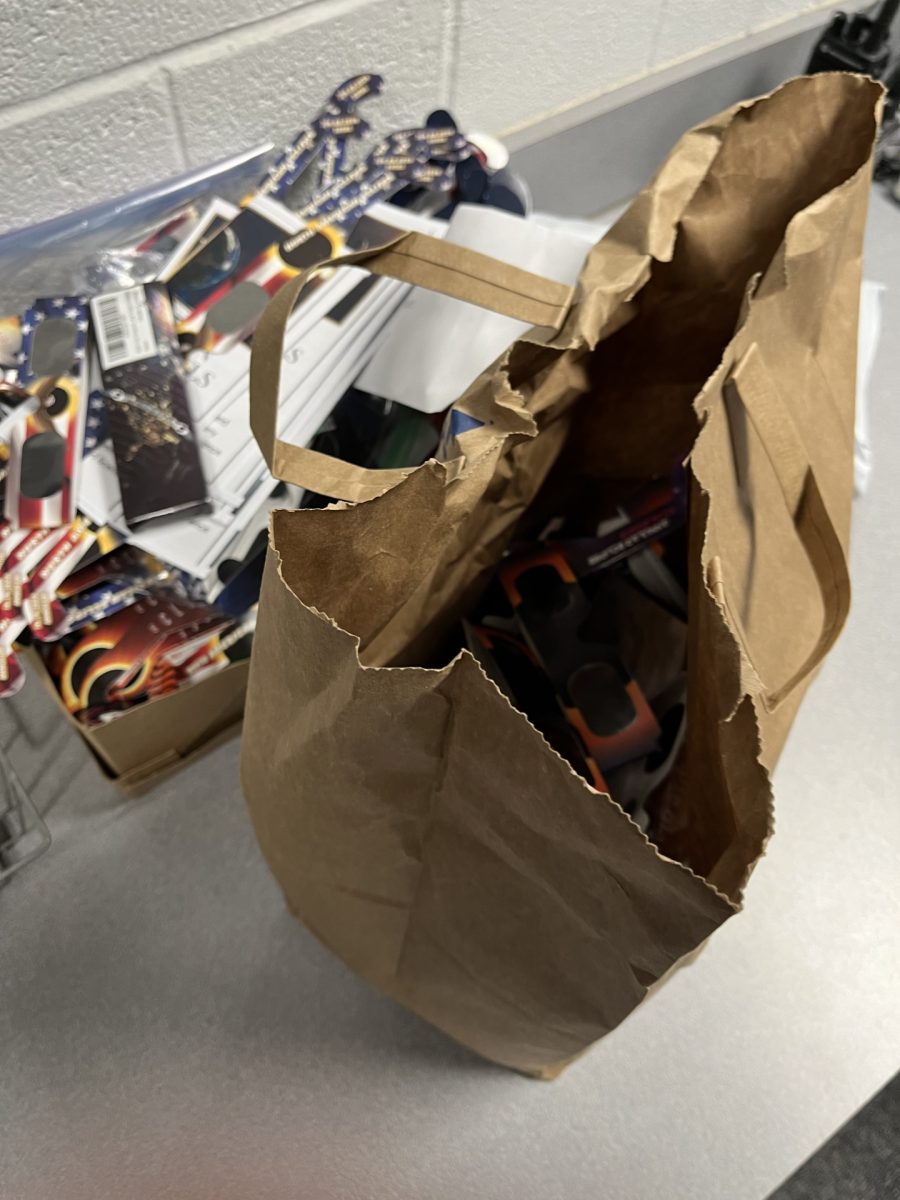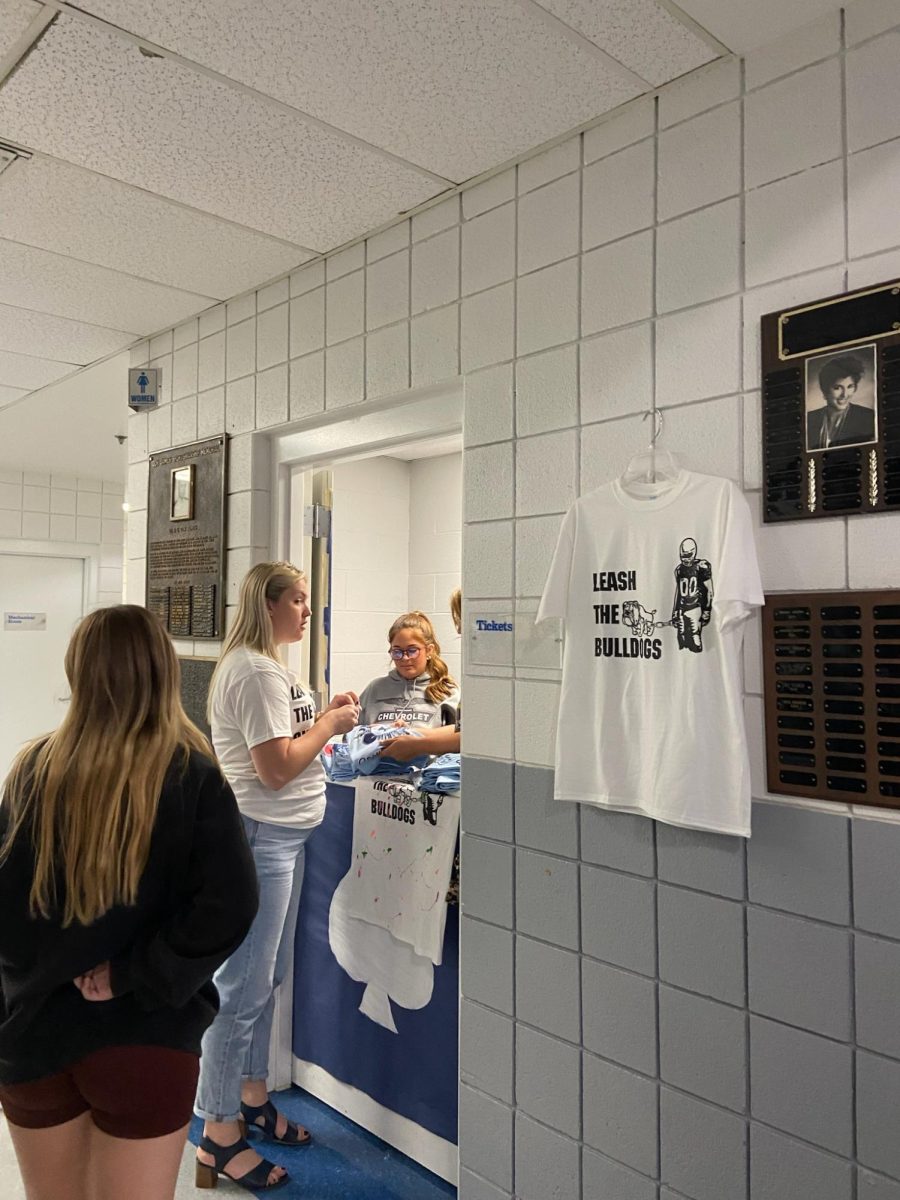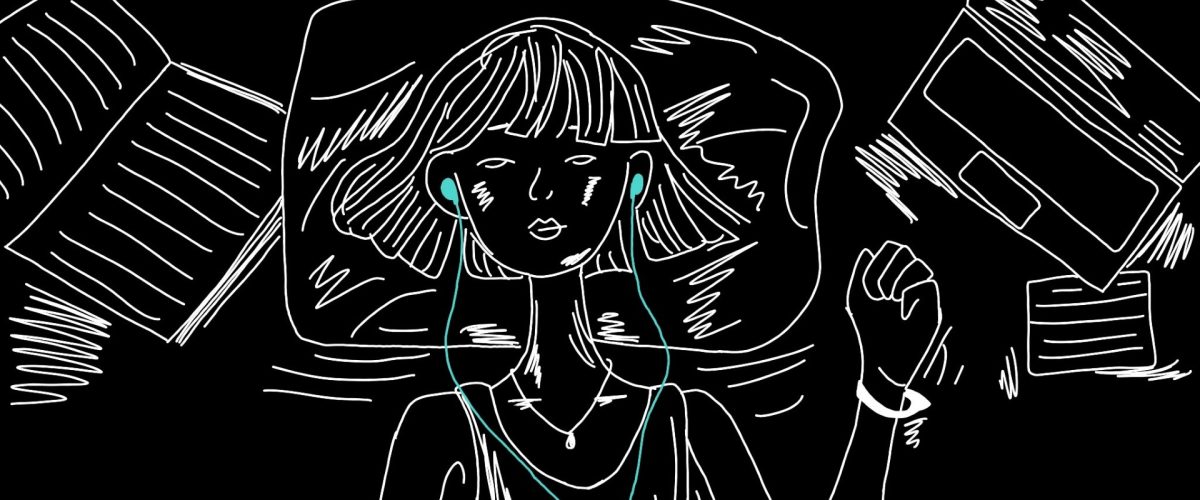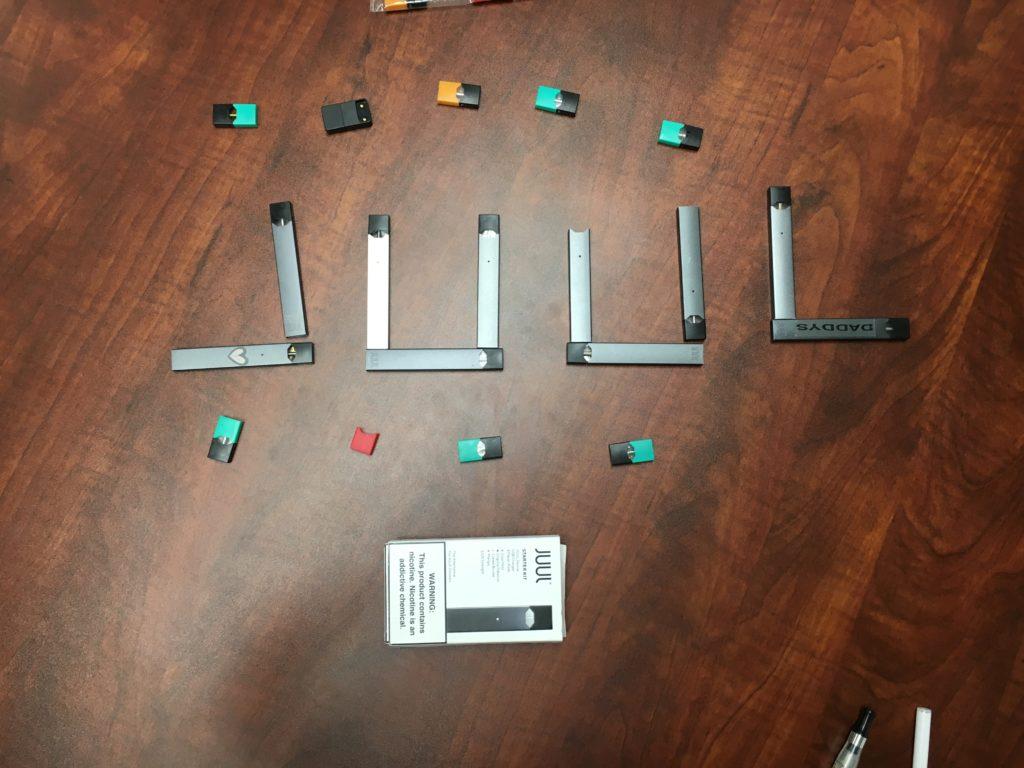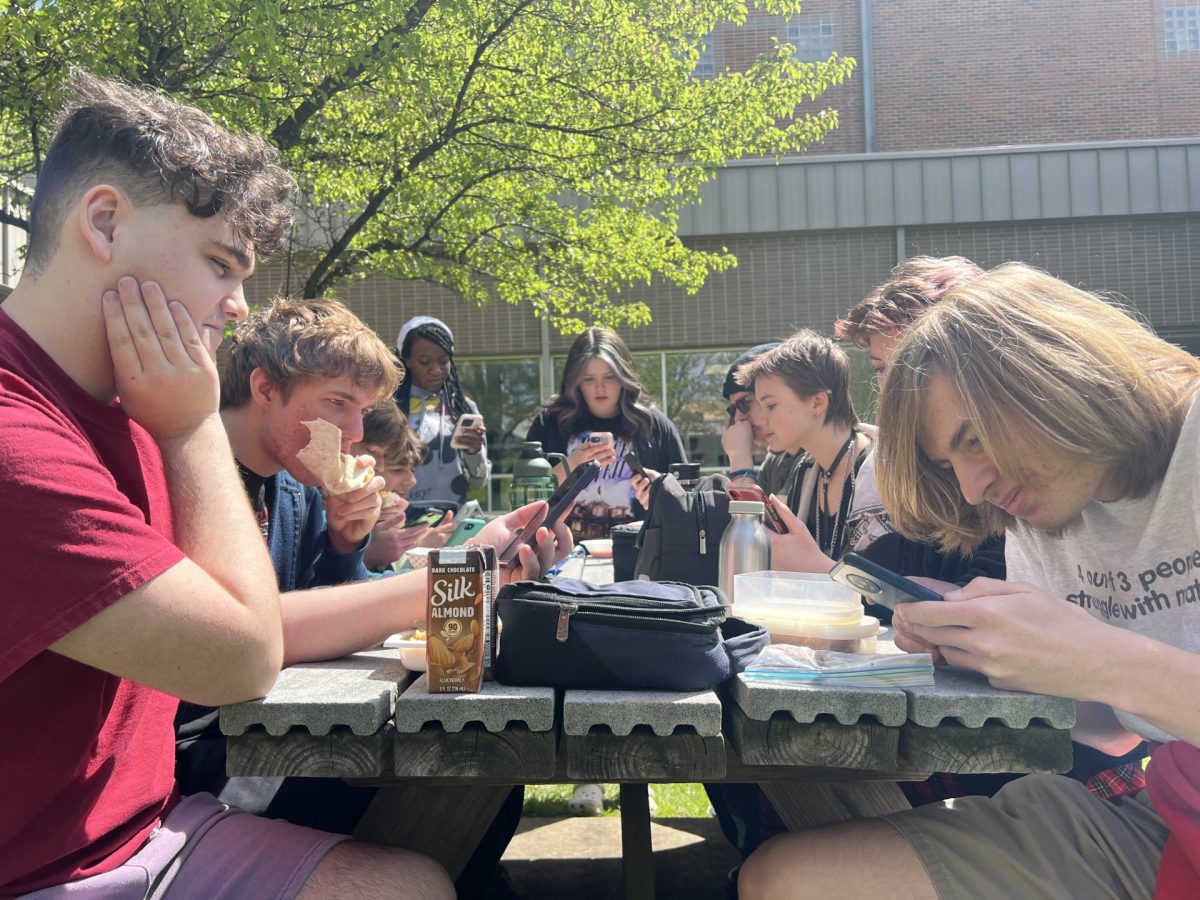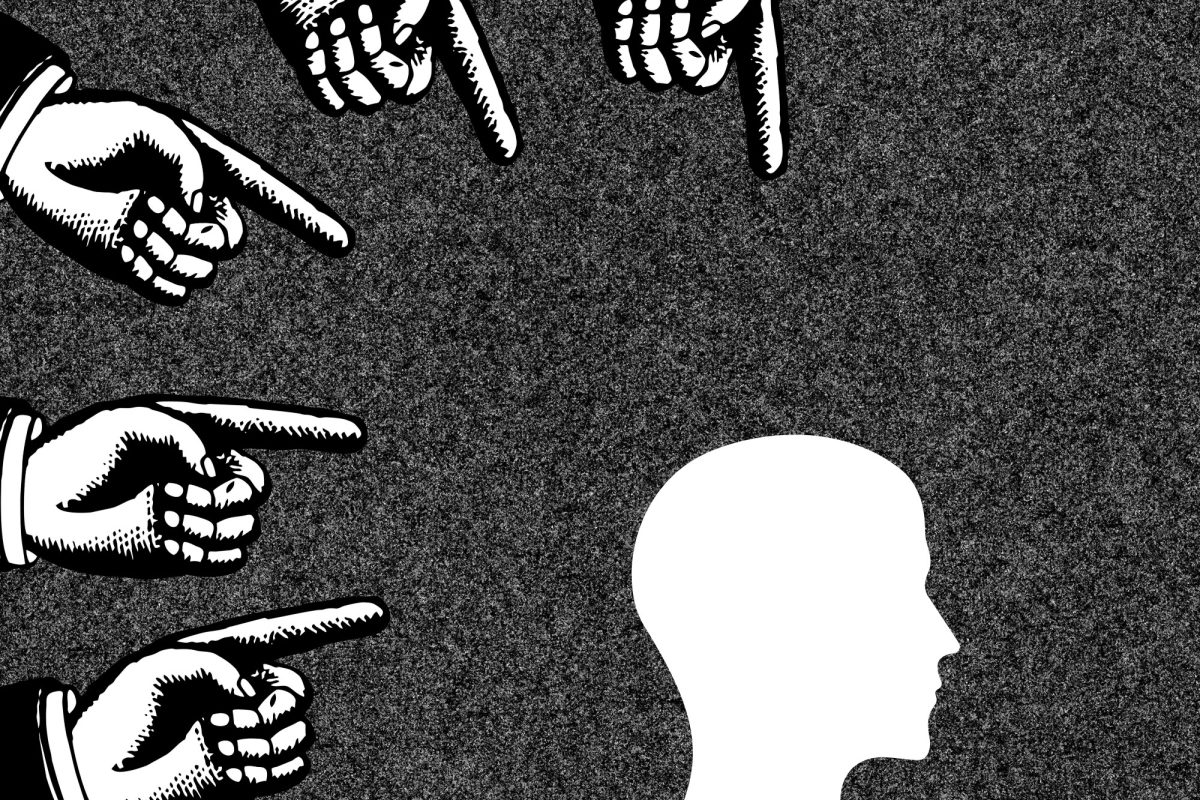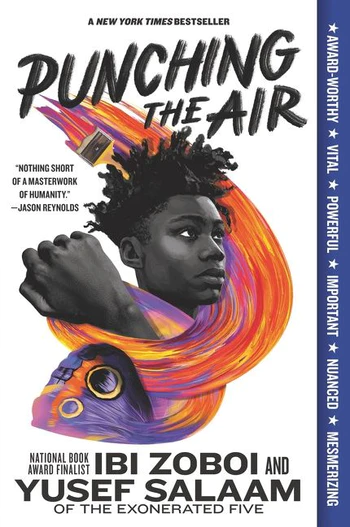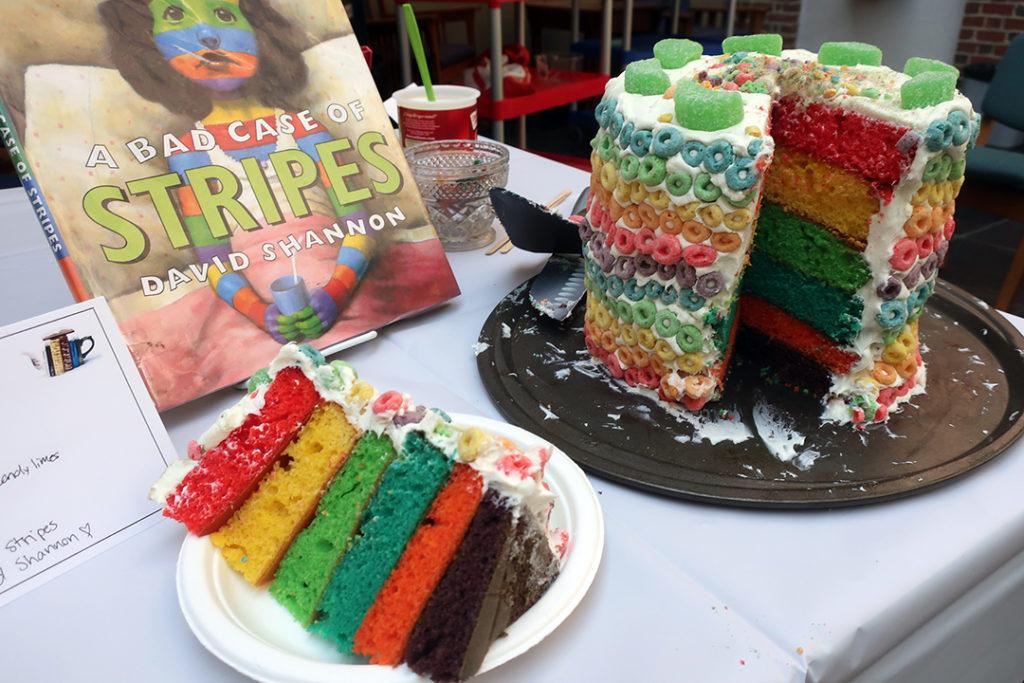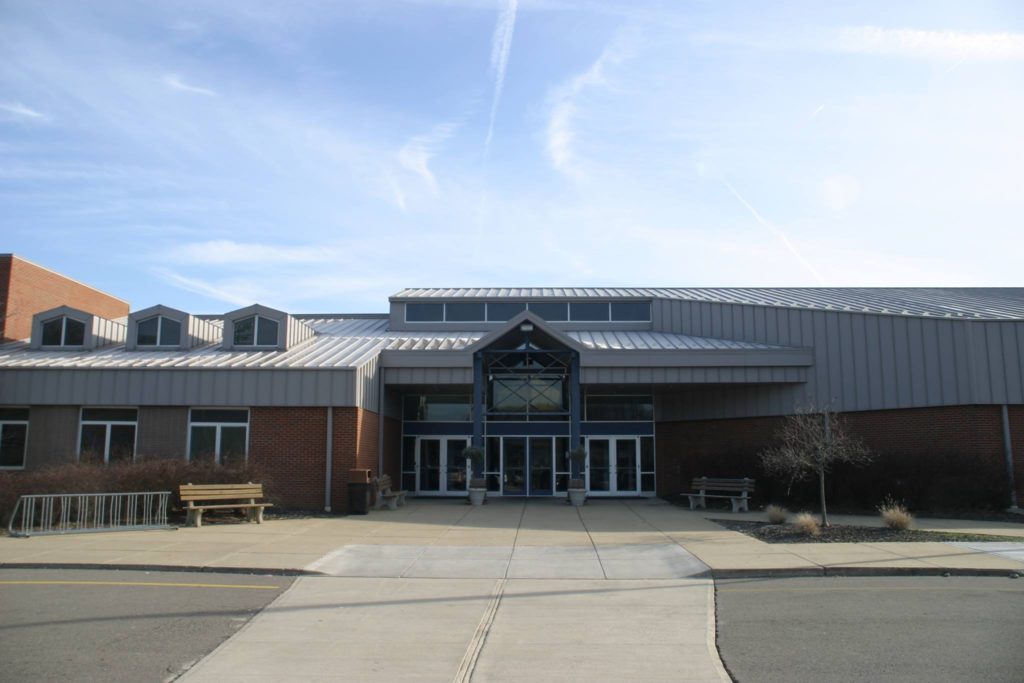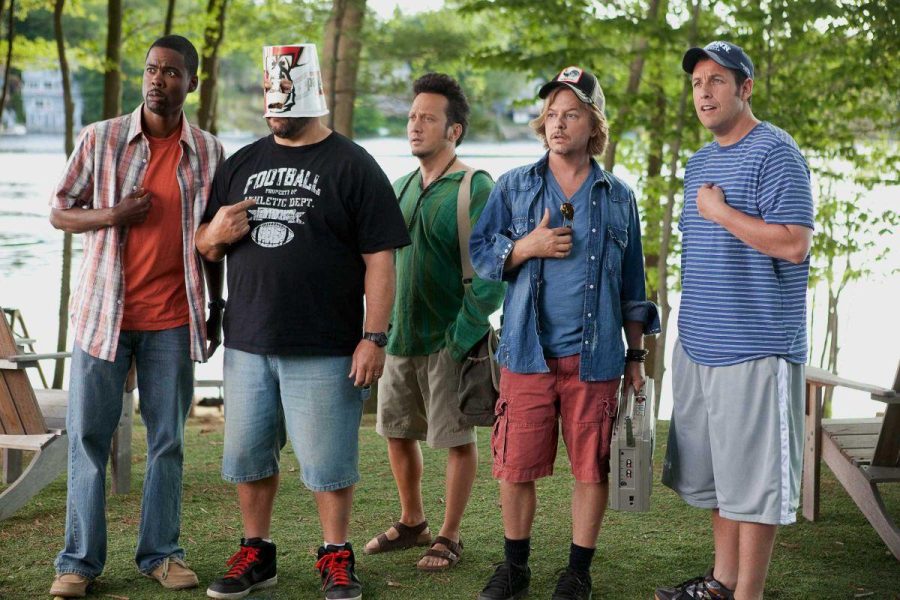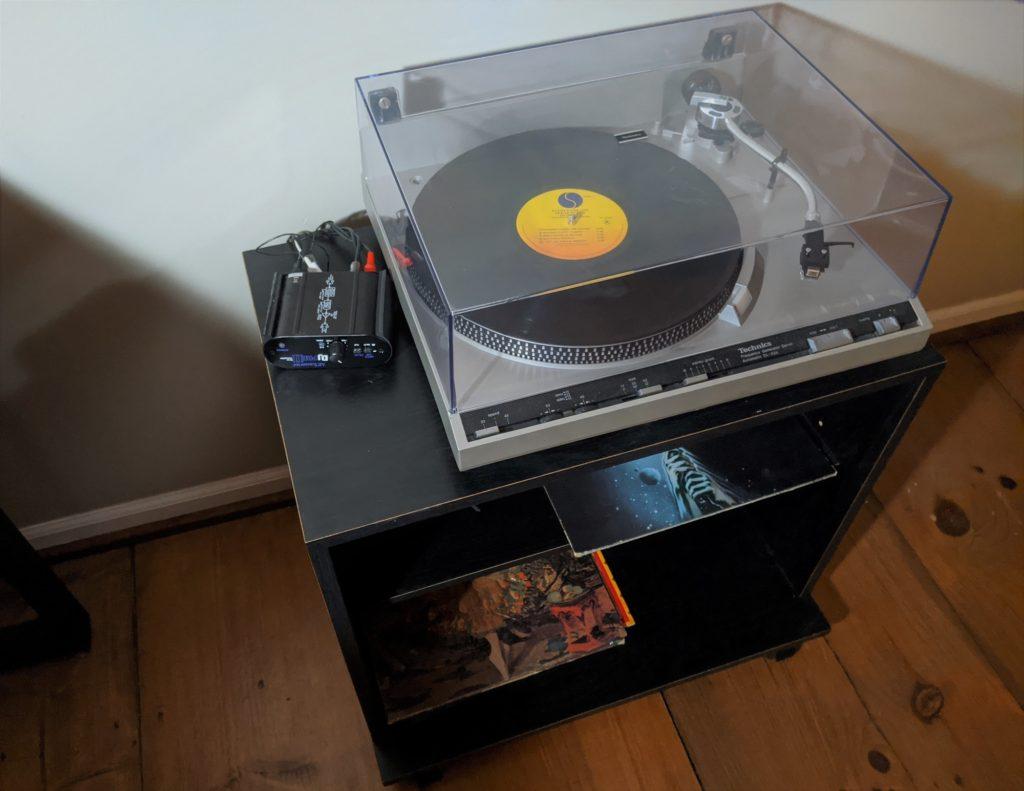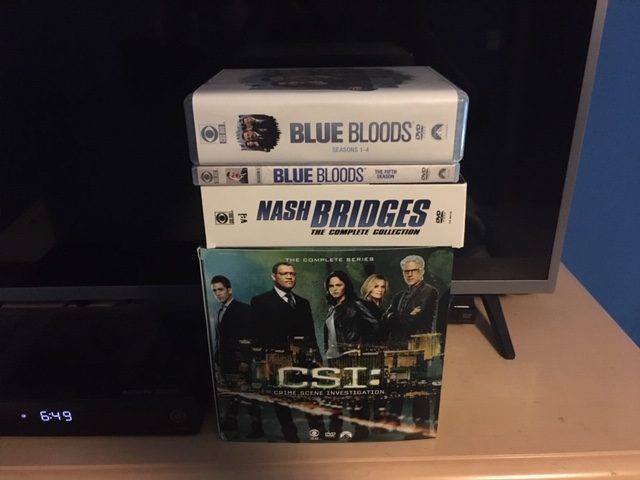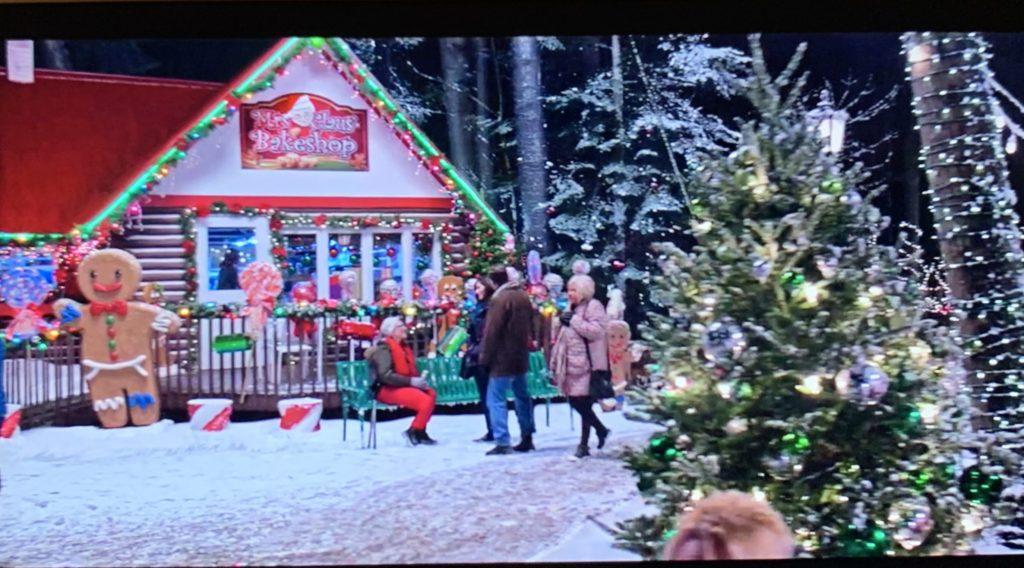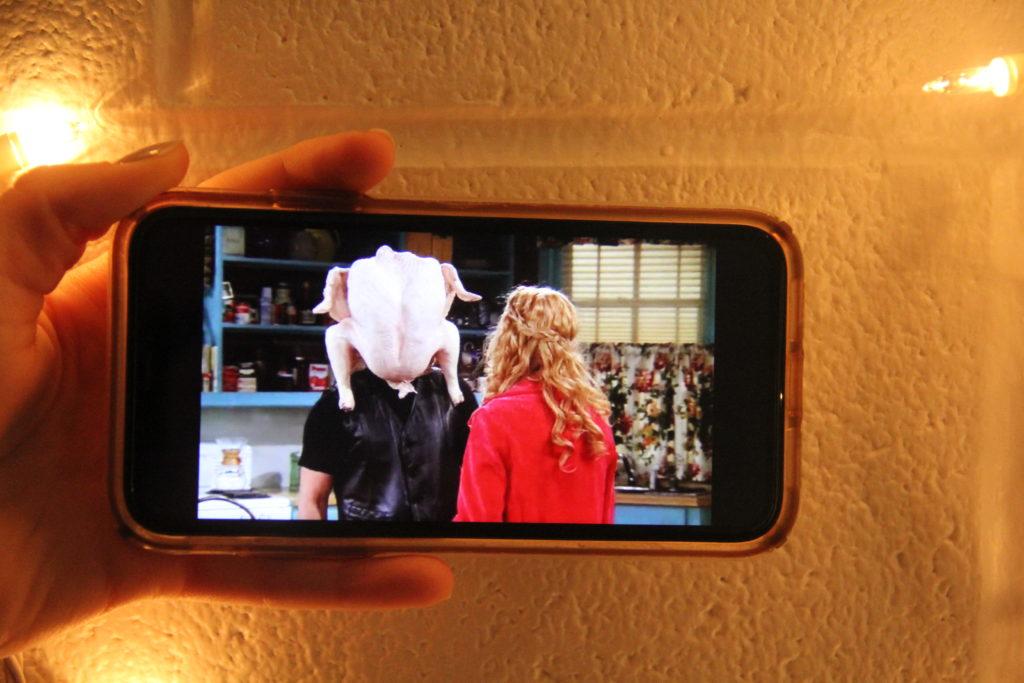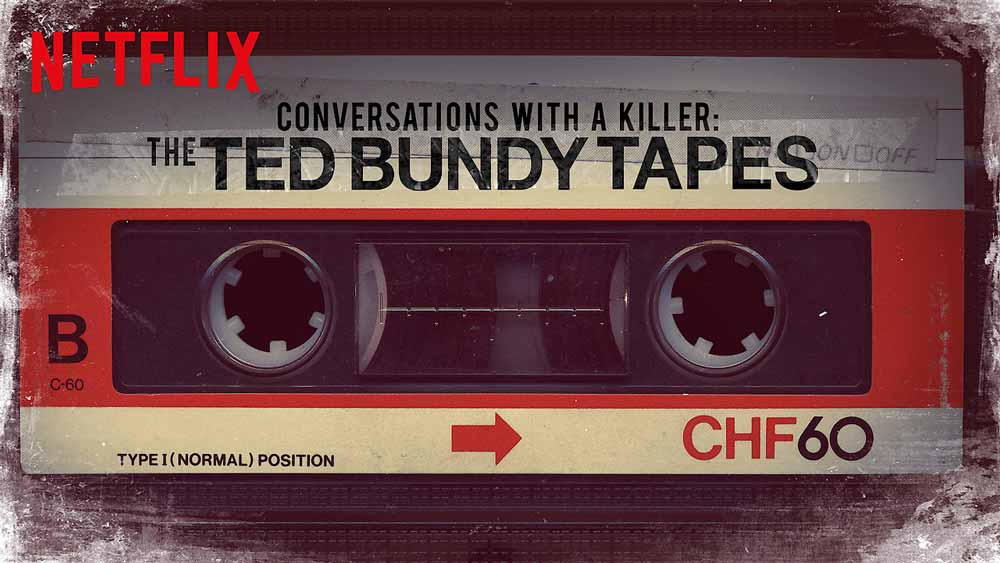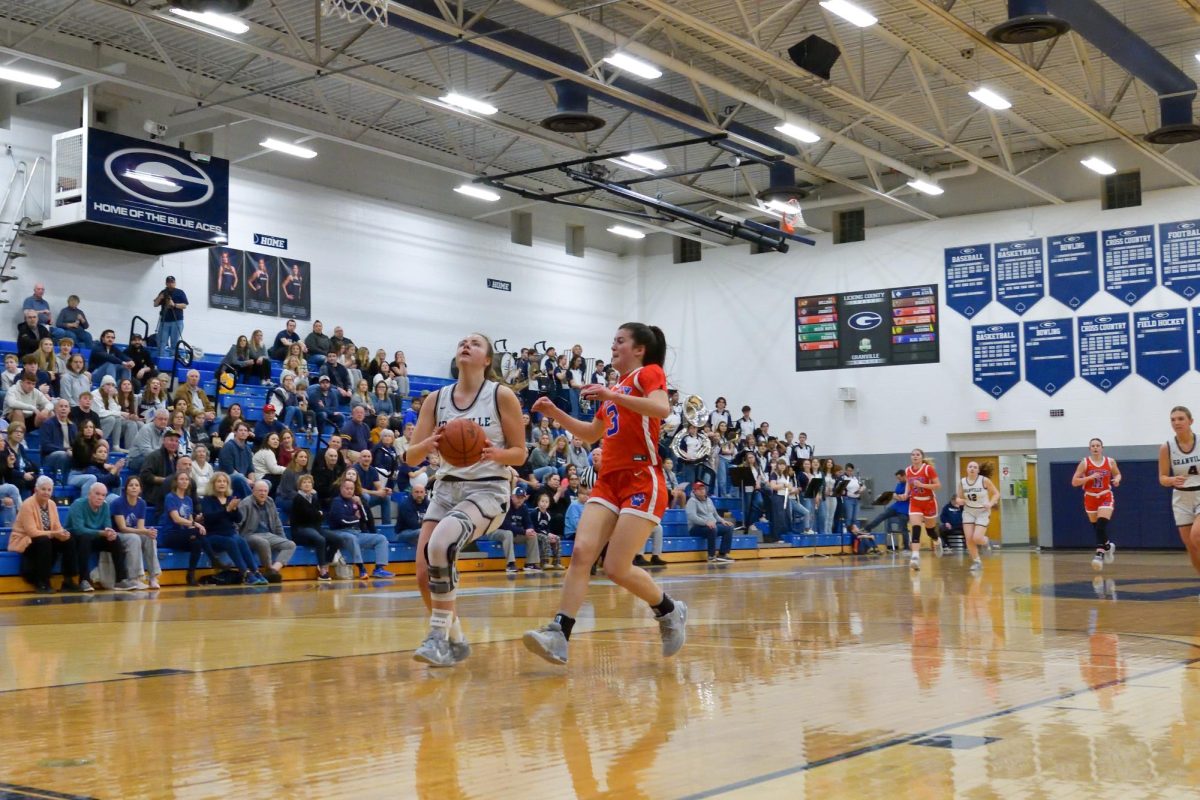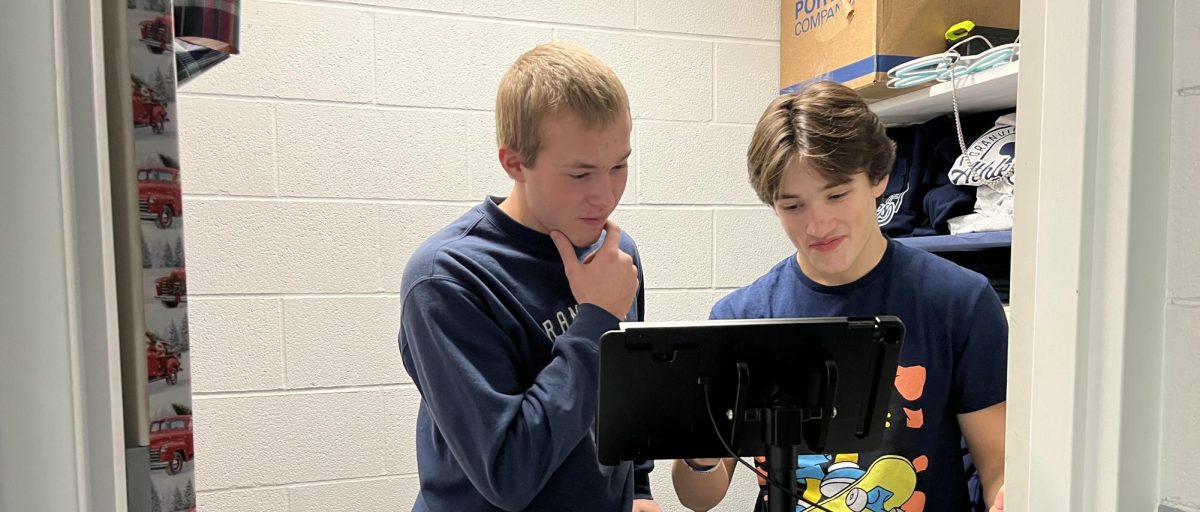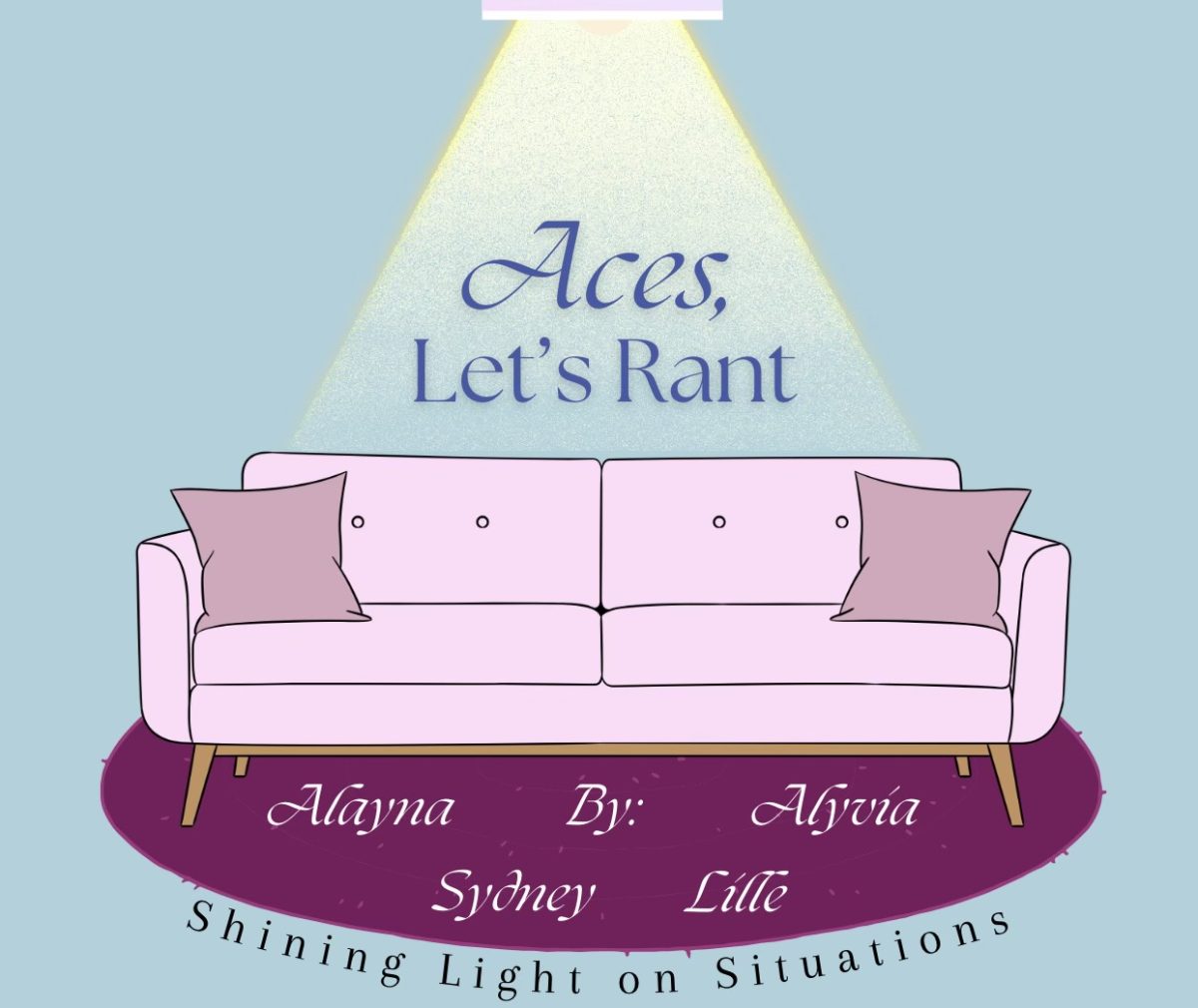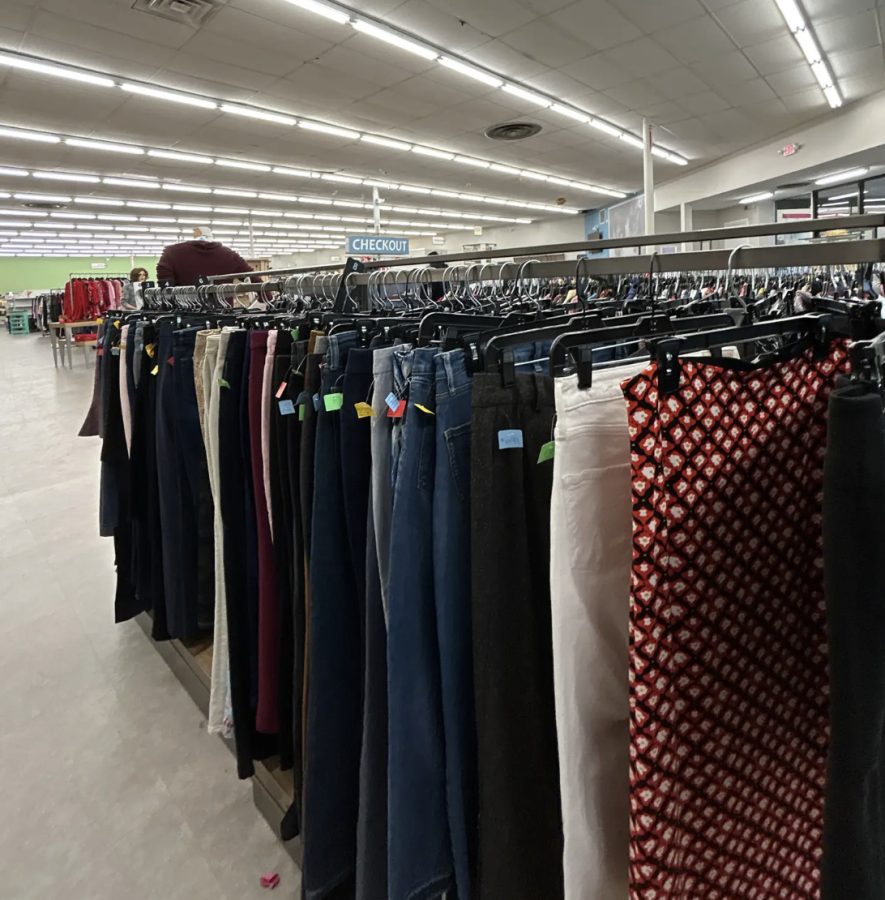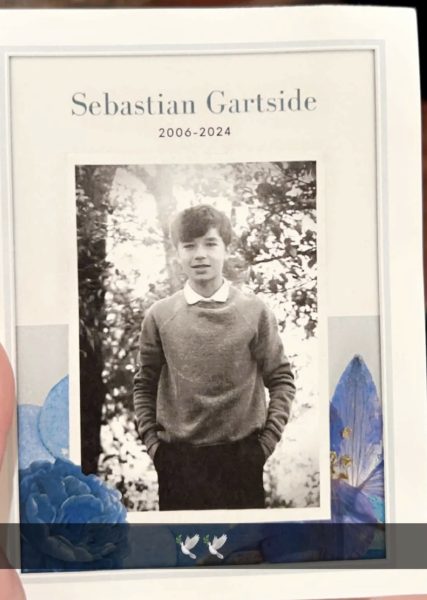Is thrift shopping really worth it?
March 18, 2023
Thrift shopping is on the rise as many teens and adults scour the resale shops for quality finds. “Approximately 16-18% of Americans shop at thrift stores and 12-15% shop at consignment or resale shops annually,” Gitnux said.
But the question is: is thrift shopping really worth it?
Thrift shops gained popularity during The Great Depression in the 1930s when many people could not afford high-priced clothing items. As time went on, shops like Goodwill gained popularity and began selling more home and clothing items.
Goodwill stores began opening all over the country, totaling about 3,300 stores today. Along with Goodwill, many other smaller consignment shops and larger businesses of thrifting began to open throughout the country.
“Resale shops have grown 7% a year for the past two years, with over 25,000 stores in the US,” Gitnux said.
With the increase in fast fashion, online shops like Shein and Amazon have started appearing in thrift shops more than ever before. The good quality, “vintage” items that were once popular thrifting items are beginning to dwindle down in the shops, because of fast fashion brands.
The New York Times even states that the thrift stores are “filling up with items from Shein, LuLaRoe, Fashion Nova and other fast-fashion brands, whose garments tend to be relatively inexpensive, often adapting designs from small shops and high-end labels.”
The rise in fast fashion has also caused an increase in prices in thrift stores, this is due to the operating cost of the building, as well as payment for workers.
“Although it’s a better option than sending clothes straight to a landfill, thoughtless donating can direct lower-quality items to people who really need them,” while also making the prices higher, making it harder for those in need to be equipped with what they need, The New York Times said.
Thrift stores were originally made for higher class figures to donate their unwanted items to be then sold at lower costs so those in the lower class were able to get what they needed; however, with the increasing prices, many people in the lower class are unable to afford what they truly need.
Those who thrift nowadays are often teenagers or families in the middle class. Many of those in need are going elsewhere for inexpensive items.
One positive to consignment shops like Goodwill is that many have donation spots for donating items, as well as asking customers to donate to their “mission” or charity they are partnered with.
“Whenever I go thrifting, I go to Sofie’s because all their proceeds go to the Humane Society,” librarian Mrs. Gummere said.
Sofie’s Thrift Store opened in Heath, Ohio not long ago and became increasingly popular in the area over time. Many small businesses have supported local charities in the past years, even bringing the trend into the thrift store setting.
Thrifting, although it has become more of a trend than it was first intended, has shown many positive sides to the community.
“By choosing to buy secondhand clothing instead of brand new, you reduce waste and help the planet. In this way, thrift shopping is the ultimate way to live out the ‘reduce, reuse, recycle’ motto!” The Cincinnati Goodwill Website states.
Donating and buying second-hand items limits the amount of textile waste in the world. By limiting waste, pollution from landfills is also limited.
“I love thrift shopping because it helps the environment because the clothes are second-hand,” junior Sienna Robinson said.
By thrifting secondhand items, not only is there a chance of finding high-quality things for lower costs, but it may also increase a person’s creativity. Renovating spaces with thrifted items is cheaper; those pieces often just need a little reshaping.
“Many pieces simply need a little ‘TLC’ to come to life. It’s amazing to see how thrift store finds are transformed with a good cleaning and a fresh coat of paint!” Cincinnati Goodwill says.
The not-so-pretty items at the thrift store are often judged at first glance, but many of these items can be salvaged and changed to fit the personal style of the thrifter who finds them.
Saving money is also a benefit of thrift shopping. Thrift store prices, although they are on the rise, are far cheaper than items sold at fast fashion and other stores.
“The clothes that you acquire at a thrift store are much cheaper than when they’re brand-new with tags” Environment.co says.
Items from fast fashion stores have been popping up in thrift stores a lot more recently because of the rapidly changing trends on social media. People are able to obtain looks that are popular on social media about as fast as those trends start to go out of style.
“I tend to see a lot of Shein in thrift stores because people finally realize how crappy the material is and it’s definitely not sustainable,” senior Wilson Foster says.
Some of the items found at the thrift store can be very unique and one-of-a-kind. These types of items are sometimes labeled as “vintage” by social media, even though some of them could have been handmade only a few years before being donated.
“Thrift shops tend to have diverse types of clothing, which means that you will hardly find anyone wearing the same top or skirt you get from a thrift shop,” Fustany said.
Although it can be hard to come across older vintage items, some people have really good luck in thrift stores.
“I found an old school, vintage zip-up Ohio State puffer jacket,” senior Lilly Hoch said.
So, is thrift shopping really worth it? It depends on who you ask.
Environmentalists even have differing views on social media, which shows that thrift shopping can be good and bad. So, you decide, is thrift shopping worth it, or is it better to purchase your items elsewhere?

